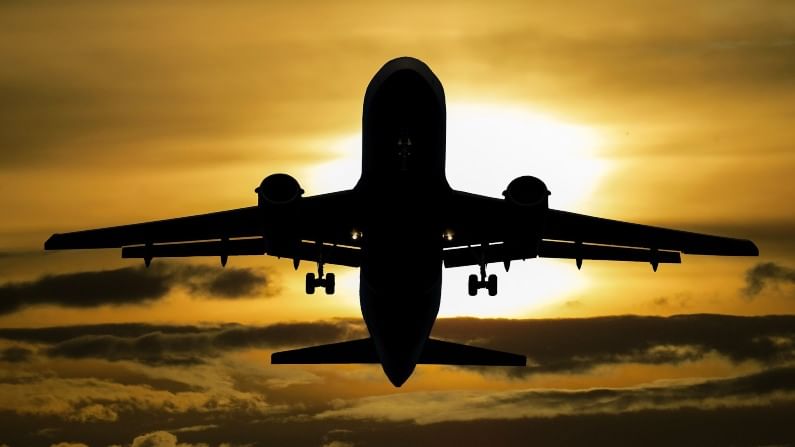Domestic airlines allowed to fly 85% of pre-Covid flights
The higher cap will allow arilines to operate more flights and carry more passengers; aifare limit set to 15 days from 30 earlier

More people in India can now fly in domestically. The government on Saturday allowed airlines to operate up to 85% of their pre-Covid domestic flights instead of the 72.5% allowed till date. The carriers have been operating 72.5% of their pre-Covid domestic flights since August 12, the civil aviation ministry said. Between July 5 and August 12, the cap stood at 65% and 50% between June 1 and July 5.
The fresh order was issued on Saturday which said that “72.5% capacity may be read as 85% capacity”.
When the government resumed the scheduled domestic flights on May 25 last year after a two-month break, the ministry allowed the carriers to operate not more than 33% of their pre-Covid domestic services.
The cap was gradually increased to 80% by December. The 80% cap remained in place till June 1.
The May 28 decision to bring down the cap from 80 to 50% from June 1 onwards was taken “in view of the sudden surge in the number of active COVID-19 cases across the country, decrease in passenger traffic and the passenger load (occupancy rate) factor”, the ministry had said.
Airfare limits
The ministry also amended the rules on airfares. It said the lower and upper limits on airfares will remain for 15 days at any given time and the airlines will be free to charge without any limits from the 16th day onwards. Since August 12 this year, this roll-over period was of 30 days and the airlines have been charging without limits from 31st day onwards.
Expalining the change, the ministry said: “If the current date is 20th September, then the fare band shall be applicable till 4th October. Any booking done on 20th September for travel on or after 5th October shall not be controlled by fare bands.” “On the following day, that is, if the current date is 21st September, then the fare band shall be in force till 5th October and for travel on or after 6th October, the fare bands shall not be applicable,” the order mentioned.
The lower caps were imposed to help the airlines that have been struggling financially due to coronavirus-related travel restrictions. The upper caps were imposed so that passengers are not charged huge amounts when the demand for seats is high.
Domestic air travel became costlier on August 12 this year as theministry raised the lower as well as upper caps on fares by 9.83% to 12.82%.
Air traffic growing
Airlines have been flying more passengers since July this year.
Around 67.01 lakh domestic passengers travelled by air in August, against the 50.07 lakh in July, a jump of almost 34%, the aviation regulator Directorate General of Civil Aviation (DGCA) said on Thrusday.
The regulator said 31.13 lakh people, 21.15 lakh people and 57.25 lakh had travelled within the country by air in June, May and April, respectively.
The traffic in May took a big hit due to the second wave of Covid.
While IndiGo carried 38.16 lakh passengers in August, a 57% market share. While SpiceJet flew 5.84 lakh passengers, accounting for a 8.7% market share. Air India, Go First (previously known as GoAir), Vistara and AirAsia India carried 8.86 lakh, 4.58 lakh, 5.58 lakh and 3.49 lakh passengers, respectively, in August, according to DGCA data.

